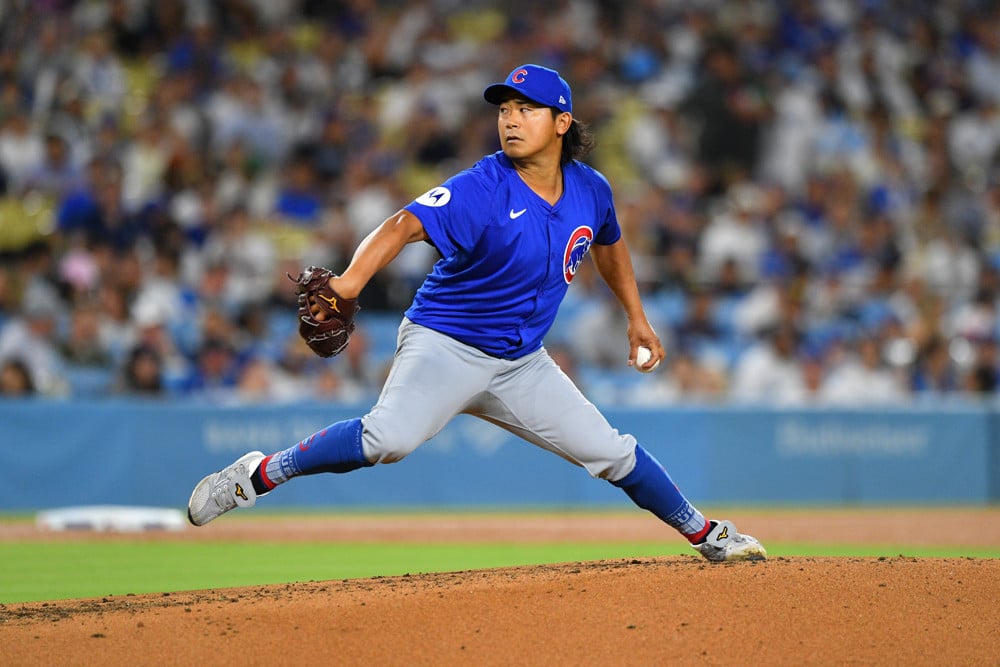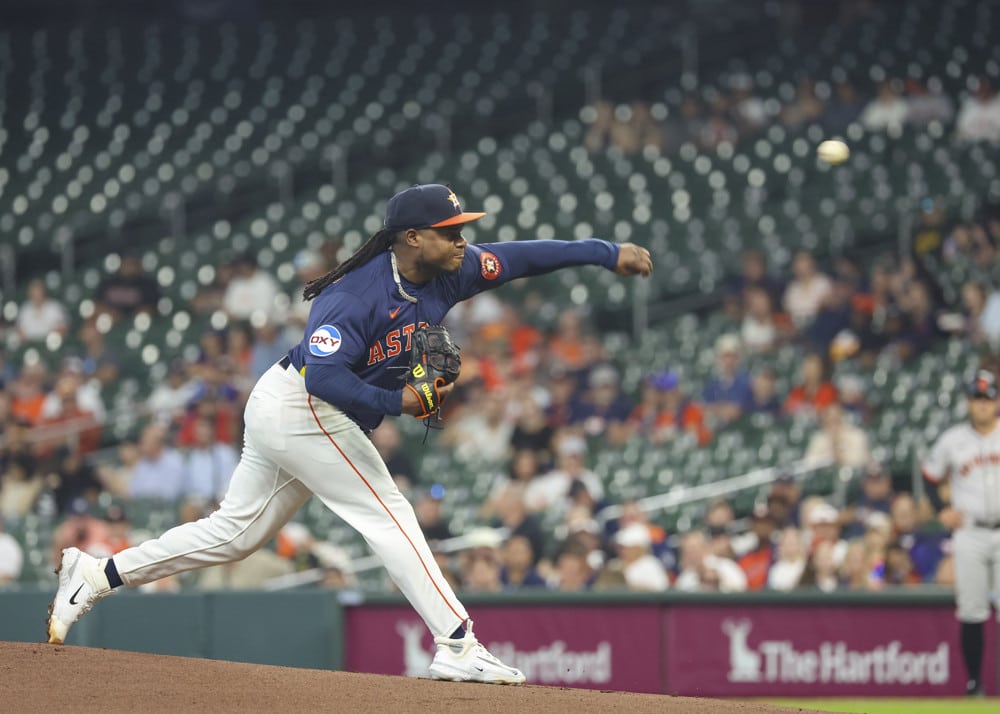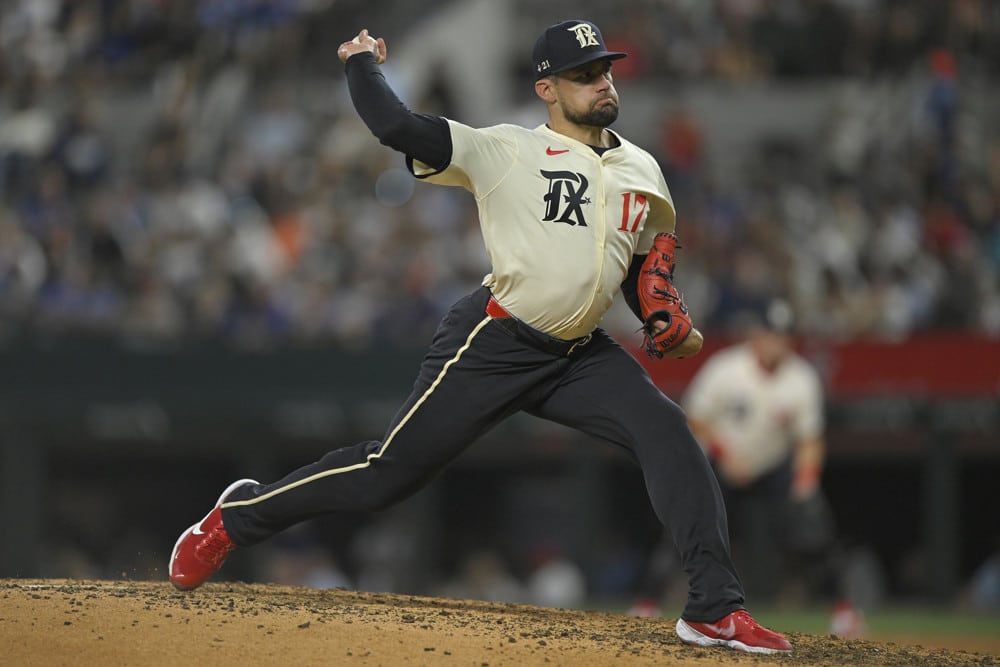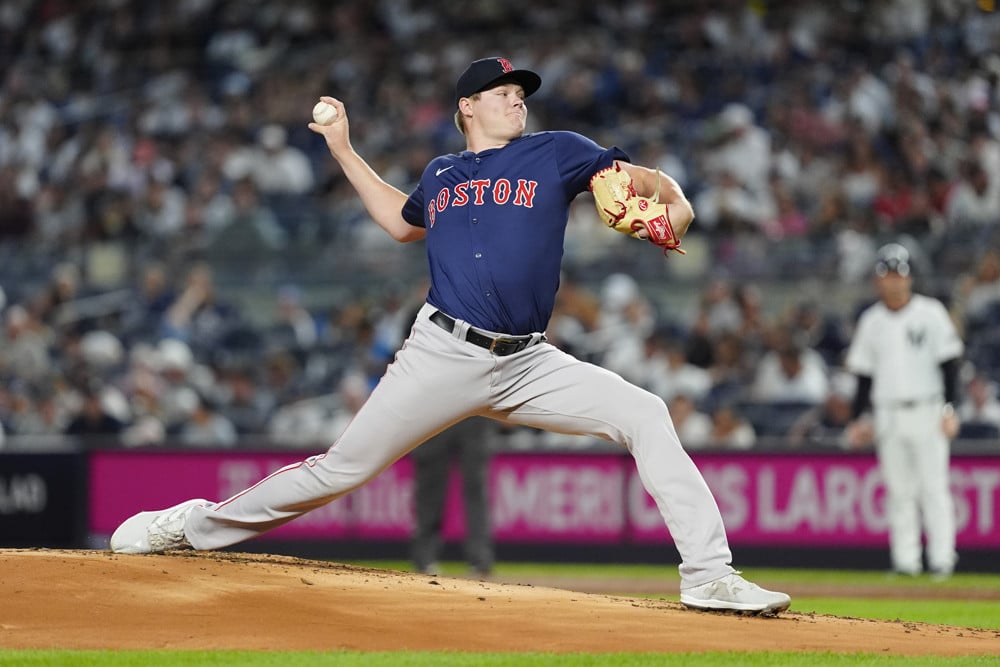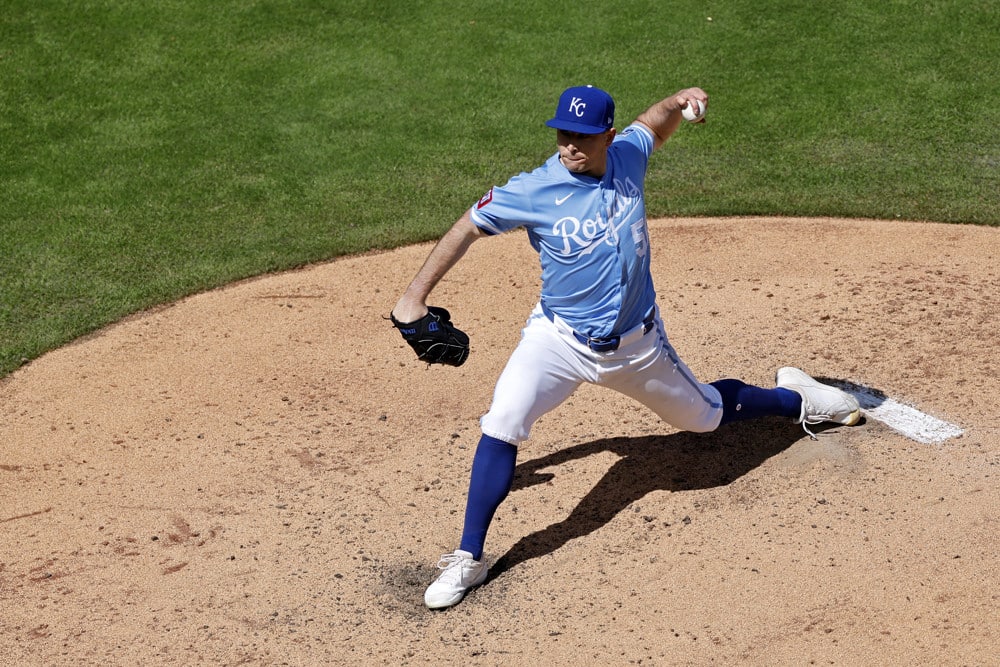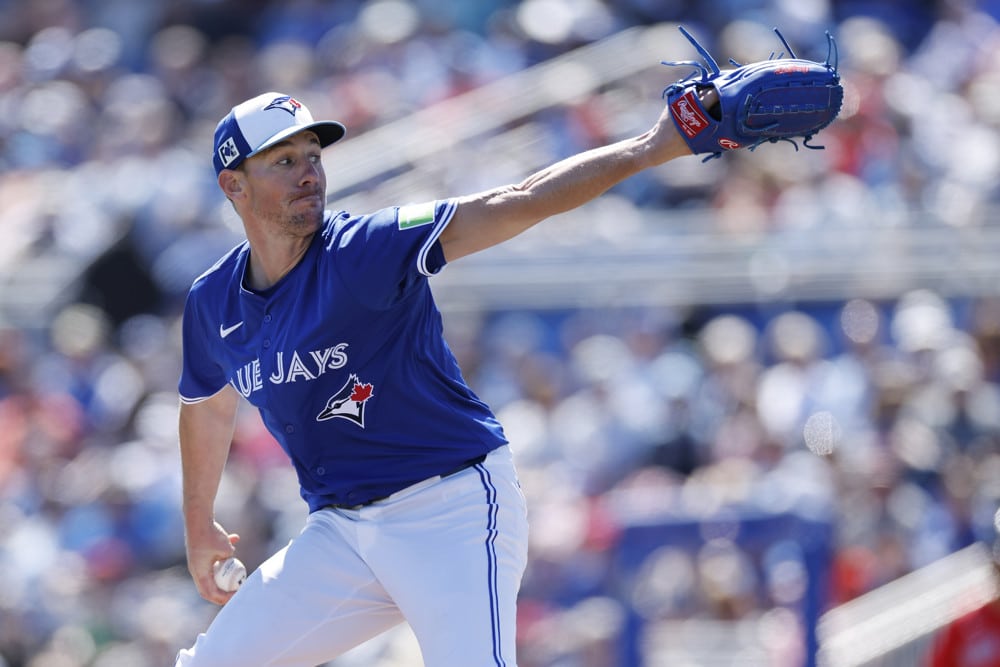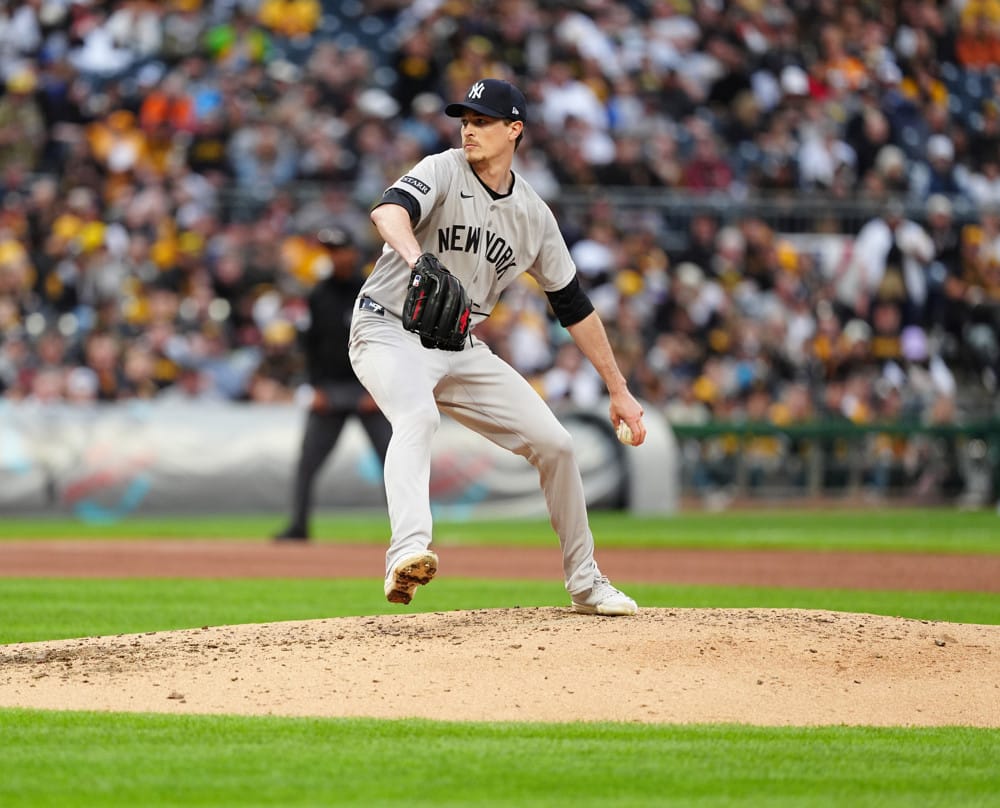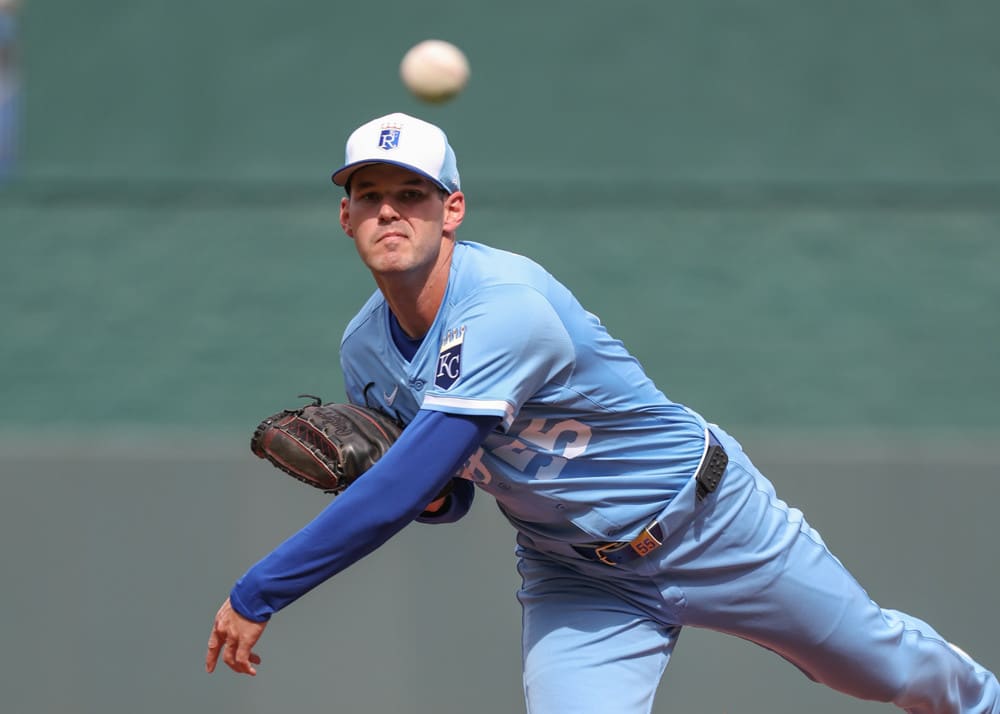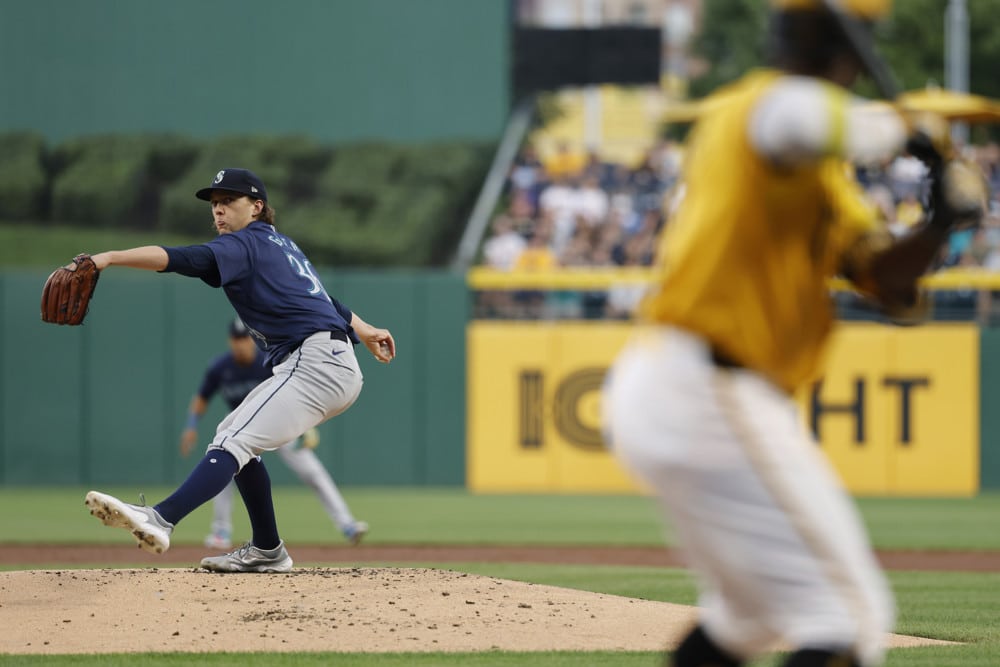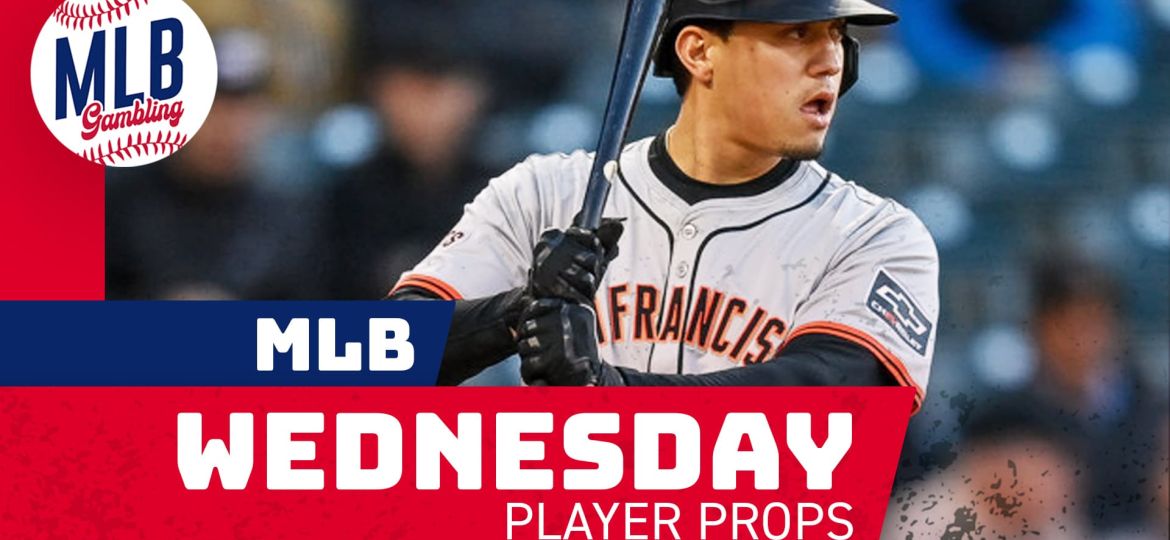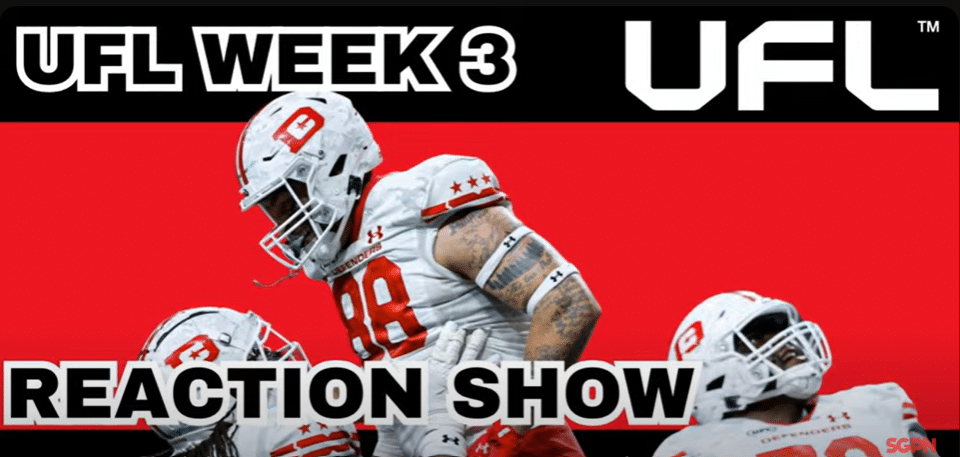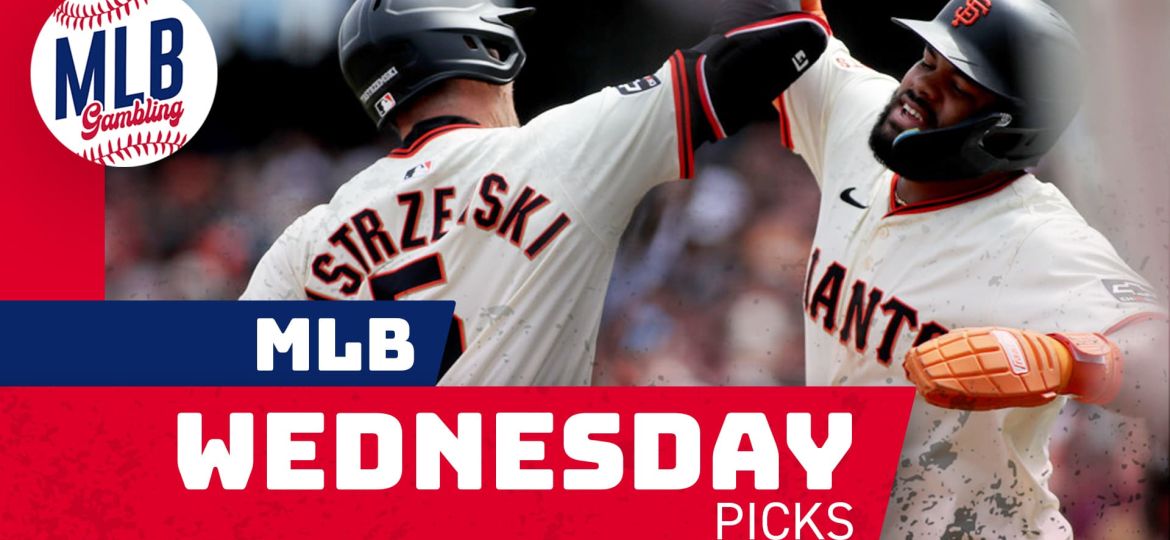
There’s nothing in golf quite like stepping onto the grounds at Augusta National.
This past Monday, I had the privilege of walking the course—albeit briefly—before the weather shut things down for the rest of the day. The vibe was surreal. The air was different. And even with limited player activity, the energy was unmistakable. You can feel the history here.
From a scouting perspective, it wasn’t ideal—only about eight players got any work in during the window I was there. But I still came away with meaningful takeaways, especially around how the course is setting up. Between conversations on the ground and what I observed firsthand this week at The Masters, it looks like it’s going to be a test that comes down to elite iron play, driving distance, and the ability to get the ball up and down.
So whether you’re building a betting card, playing DFS, or eyeing finishing position props, here are the insights that matter—and the players who match the course demands.
Masters Observations and Predictions: How the Course Is Playing, and Who’s Built for It This Week at Augusta
Augusta Conditions: Fast, Firm, and Demanding
Despite a decent amount of rain earlier in the week, Augusta National is drying out quickly—and make no mistake, the course will play firm. When I was on the grounds Monday morning, the sub-air systems were already humming beneath the greens, which tells you everything you need to know about the tournament committee’s intentions. They want the ball bouncing. They want rollout. The committee wants control to matter.
Even though the rain-softened things temporarily, the fairways were still giving noticeable bounce, especially for mid-irons into the greens. That’s a sign the tournament could quickly revert to the classic Augusta we expect—where spin, trajectory, and precision win out over raw aggression. It won’t be a dartboard setup. Guys who expect the ball to sit will be in trouble. The firmness will bring slope and angles more into play, particularly with how the greens receive approaches later in the day.
Off the tee, Augusta remains one of the more generous setups visually. The fairways are wide and inviting, which is part of the reason long-hitters have historically done well here. But don’t mistake that for ease—this course defends itself on the second shot. The approach game is where Augusta shows its teeth. Sloping lies are everywhere, and you rarely get to hit a stock yardage from a level stance. Add in the elevation changes, swirling winds, and tucked pins, and suddenly, every green in regulation is an accomplishment.
SHORT GAME AND GREEN CONDITIONS AT THE MASTERS
Around the greens, it’s classic Augusta: grainy, tight lies and severe runoff areas that punish indecision or poor contact. You can’t fake a short game here. You have to be comfortable taking spin off the ball, playing soft-handed chips, and reading complex contours. It’s not just about getting up and down—it’s about knowing which misses are playable and which ones are dead. And with firmer conditions, the margin for error shrinks even more.
Then there’s the putting—always a thing here. But this isn’t a week to overreact to recent putting stats. What separates guys on the greens at Augusta isn’t pure make rate—it’s green reading, experience, and feel. Players who’ve performed well here before tend to replicate that success. These surfaces have their own personality, and comfort on them often outweighs form.
All told, Augusta this week is shaping up to be a pure test of control. Players who can manage spin, pick smart targets, and play defense with their misses will have the best chance to survive—and thrive—on the weekend. This isn’t just a scoring contest. It’s a test of skill, poise, and strategy. Exactly the way it should be. Check out some of the predictions and best bets for the Masters and get ready to win some green as the Tour steps up at Augusta National.
5 Players Who Fit Augusta This Week
Scottie Scheffler
No surprise here. Scottie brings the best approach and short-game combo in the world into a course he’s already conquered. His calm under pressure is tailor-made for Augusta. Whether you’re betting an outright, a top-5, or looking for an anchor in a parlay, there’s no more reliable name in the field.
The Bet: Group A Winner +140 (DraftKings)
Justin Thomas
JT’s back-to-back missed cuts at Augusta came in much worse form. Right now, he’s flushing his irons and flying completely under the radar. For bettors, that means a juicy outright number and lower ownership in DFS contests. He’s dangerous here—especially when no one’s watching.
The Bet: Top 10 +210 (DraftKings)
Shane Lowry
Lowry doesn’t get enough credit for how well his game suits Augusta. He’s great in the wind, controls his trajectories beautifully, and can grind when scoring gets tough. He’s already a major winner and has the skill set to hang with anyone if the course plays firm.
The Bet: Top Great Britain and Ireland +600 (DraftKings)
Sepp Straka
Sepp’s not the most popular name, but he’s arriving with elite iron form and a trending profile. Think of him as this year’s version of the guy who sneaks into Sunday’s final few groups and reminds everyone he’s actually one of the most consistent players on Tour. Great value for top 10/20 bets.
The Bet: Top 20 +170 (DraftKings)
Jose Ballester
This is the wild card. Ballester is young, flushes it, and has big-time speed. We’ve been seeing more unknown ceilings pop in majors, and if you’re throwing darts, this is the kind of profile that pays off in the long run. A small play on a top 30 or top amateur ticket could be a fun addition to your card. Top Amateur is one of the best bets and predictions to make at Augusta during Masters week.
The Bet: Top Amateur +190 (DraftKings)



